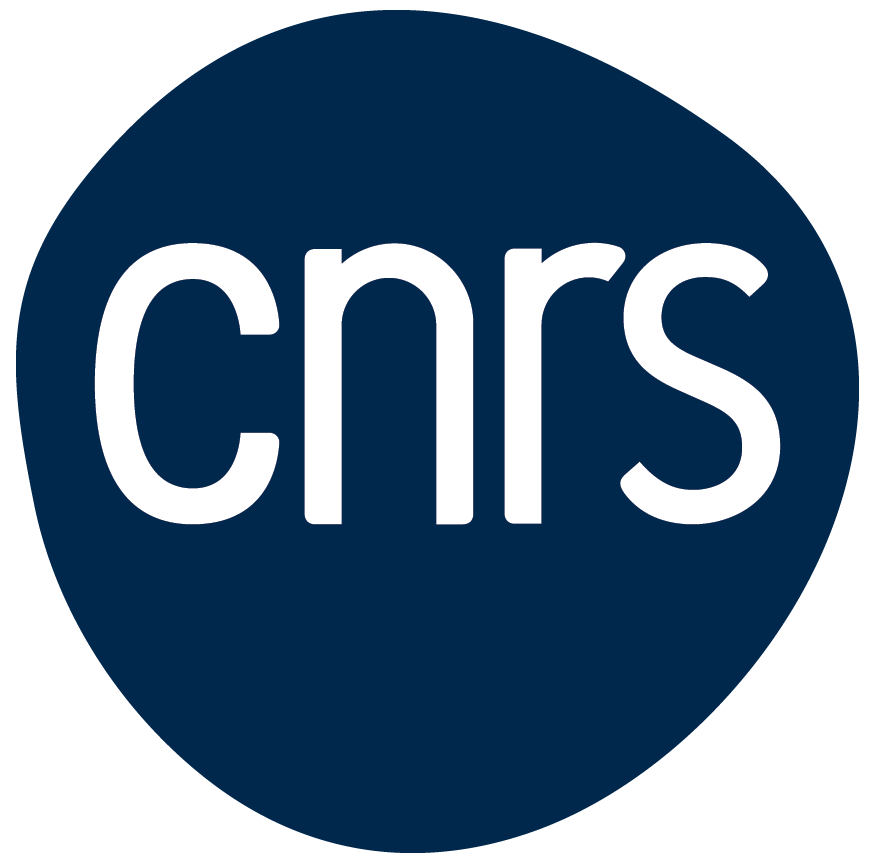M2 Internship proposal
Laboratoire Sciences et Ingénierie de la Matière Molle, (SIMM)
Address: ESPCI, 10 Rue Vauquelin 75005 Paris
Head: Etienne Barthel
Supervisors: Anniina Salonen et François Boulogne
Foams, dispersions of gas bubbles in a fluid, are an example of complex out-of-equilibrium systems. The structure and properties of liquid foams are controlled by capillarity, so how foams flow or how they evolve in time depends mainly on the properties of their interfaces. In recent years there has been growing interest in “elastocapillary” foams, where bubbles are embedded in a soft solid. The properties of such foams are controlled by a competition between surface effects and bulk rheology (capillarity vs. elasticity), which can lead to a novel class of structural evolution and bubble topology, as shown in the photographs of quasi-2D foams below. Our objective is to rationalize the relation between the rheological properties of the continuous phase and the dynamics of the system.
We will work with foams in which a colloidal gel is forming (silica nanoparticles, which aggregate and gel with the addition of salt). In time, the colloidal gel stiffens, it develops a yield stress and an elastic modulus. The characteristic gelling time and the gel stiffness can be controlled by changing the concentration of colloids or salt. During the internship we will follow the evolution of foam structure (bubble size and organization) and its rheological response. We will start by working with model quasi-2D foams, where we can modify local bubble topology with surface patterning, and thus to explore the link between coarsening rate and foam structure.
We are looking for an enthusiastic experimentalist to work in an active research group, and to enjoy collaborative working in an ANR-funded research program.

Figure 1. Foam structure of an ageing quasi-2D foam with a) an aqueous continuous phase, and b) a viscoelastic fluid from Guidolin et al. Nature Communications, 2023.
23/10/2024


